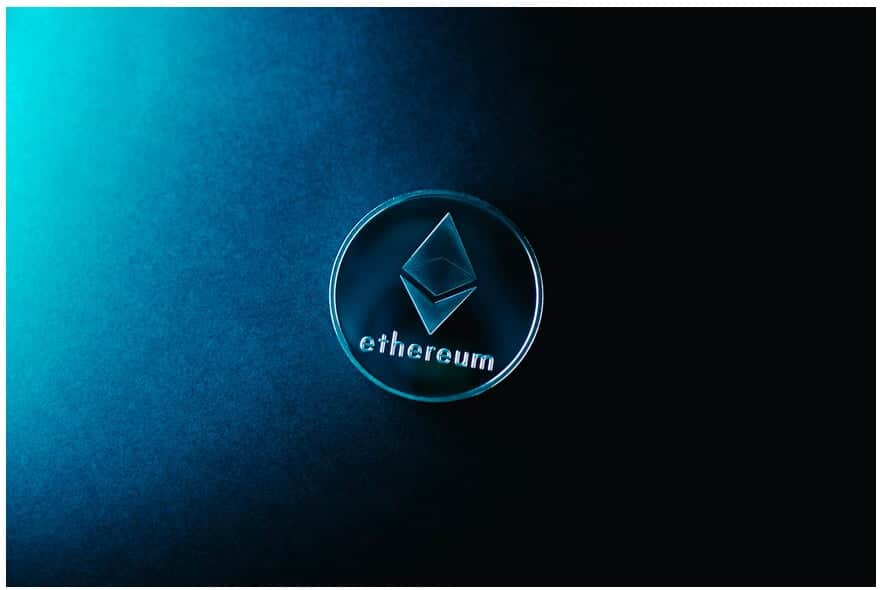
- The Ethereum Network is currently facing a major challenge.
- After Tether has migrated large amounts of the USDT token to the Ethereum blockchain, the ETH network has reached its limits.
- As a result, the ETH miners have enforced an increase in the gas limit.
At the beginning of the year, Tether began converting its stablecoin, USDT, from Omni-Explorer to Ethereum’s ERC20 standard. The company behind the Stablecoin justified the move by saying that the ERC20 Tether will have much lower transaction fees and much faster confirmation times (15-30 seconds) compared to Omni. The transition is already well underway.
Of the 4.2 billion USDT currently in circulation, 2.54 billion USDT are based on Omni and 1.95 billion USDT on Ethereum’s ERC20 standard. Smaller quantities are also based on Tron (USDT 112 million), EOS (USDT 250,000) and Liquid (USDT 61,000). Most recently, USDT 300 million was migrated to the Ethereum Standard on September 12.
Now we're cooking with gas! Can Ethereum scale to handle the demand for Tether? https://t.co/tGuuyPl35g https://t.co/MZj0tDtQPQ
— Jameson Lopp (@lopp) September 12, 2019
The solution to the problem
However, the renewed increase in the number of USDT-ERC20 tokens has also led to a further massive increase in transaction volume and the use of the Ethereum network. According to ETHGasStation, Tether (USDT) is currently the largest consumer of gas with a value of 485,000 USD, followed by FairWin with 451,000 USD and Maximine Coin with 77,000 USD and Chainlink with 64,000 USD over the last 30 days.
Vitalik Buterin, founder of Ethereum, also addressed the issue earlier this month and discussed the potential impact of Tether’s USDT on Ethereum. To solve the problem, Buterin suggested that the gas limit per block should be increased to reduce the load on the blockchain. The gas limit per block is currently still 8 million gas, but this has already been exceeded with the last block (at the time of writing) with 8.5 million gas. The first time the limit was exceeded was yesterday, Sunday, as Buterin twittered:
Almost exactly 50% of miners are upvoting the gas limit right now; it just broke 8.1 million for the first time. pic.twitter.com/jn5jPg7dgs
— Vitalik Non-giver of Ether (@VitalikButerin) September 15, 2019
This is only possible because the miners seem to be prepared to increase the gas limit per block. The Ethereum network allows the miners to set this limit. According to Vitalik Buterin, about 50 percent of all miners support the change of the gas limit. As it became known on Saturday, Ethermine now also agrees to the increase of the gas limit per block in accordance with Spark Pool and F2Pool:
In view of the current congestion of the Ethereum network, we have started to test the increase of the block gas limit to 10 million gas.
Given the current #Ethereum network congestion we have started to test raising the block gas limit to 10M gas.
— Bitfly (@etherchain_org) September 14, 2019
It still looks as if Nanopool would reject the increase. But since the three largest mining pools agree, the increase could take place, as the following chart of Etherchain shows.

The change should give Ethereum some room to maneuver until Ethereum 2.0 is released next year and the scaling problem is finally solved.
Increased usage = positive signal for the Ethereum price?
Many Bitcoin maximists see the renewed overload of the ETH network as a clear weakness. Samson Mow of Blockstream, who is responsible for the development of the Bitcoin Lightning network, recently declared that “Ethereum is a technological impasse”.
However, the Ethereum price is currently bullish. The increased use of the Ethereum network is not only a burden for the network, but also a positive signal that Ethereum is back in trend and the demand for Ethereum is increasing. Josh Rager, a well-known crypto-analyst on Twitter, has found that Ethereum to Bitcoin (ETH/BTC) has finally closed above the 20-day moving average, which could be a sign of the end of the protracted downtrend of Ether (ETH).
Have been waiting months for this confirmation pic.twitter.com/nzwe5H04Ht
Subscribe to our daily newsletter!
No spam, no lies, only insights. You can unsubscribe at any time.
— Josh Rager ? (@Josh_Rager) September 16, 2019




